Want to be sure my peppers are doing okay
greendreamhome
10 years ago
Related Stories
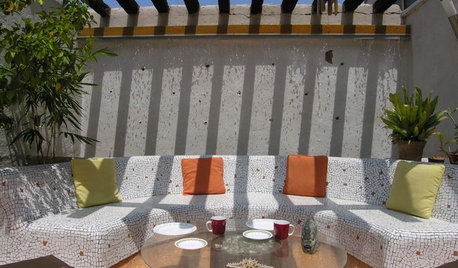
LANDSCAPE DESIGN13 Extra-Cool Things to Do With a Backyard
Sure, you could just plop down on a blanket. Or you could create a dragon’s lair, a mosaic gallery, a party in a jungle ...
Full Story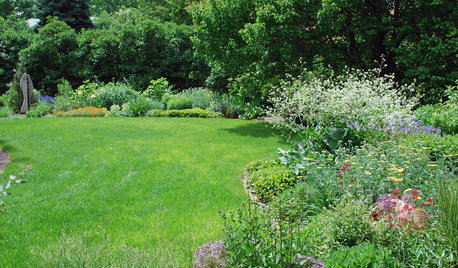
GARDENING GUIDESRocky Mountain Gardener: What to Do in June
Join the edible-garden club, deadhead spring-blooming plants around the landscape and make sure to fit in an inspiring garden tour
Full Story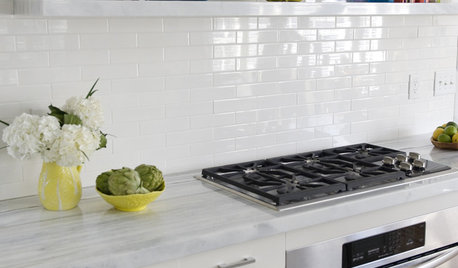
KITCHEN DESIGNWhat to Do if Your Kitchen Is Simply Too White for You
Does your all-white kitchen have you craving a little color? Here are some ways to introduce it
Full Story
FUN HOUZZ14 Things You Need to Start Doing Now for Your Spouse’s Sake
You have no idea how annoying your habits at home can be. We’re here to tell you
Full Story
LAUNDRY ROOMSThe Cure for Houzz Envy: Laundry Room Touches Anyone Can Do
Make fluffing and folding more enjoyable by borrowing these ideas from beautifully designed laundry rooms
Full Story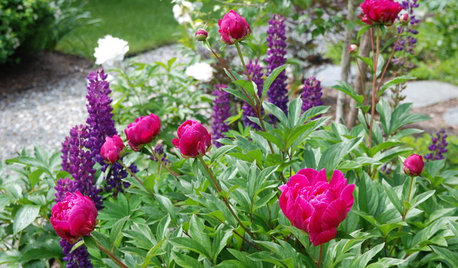
REGIONAL GARDEN GUIDESDelight in Summer’s Garden Glories — Here’s What to Do in June
Wherever you live in the United States, these guides can help you make the most of your summer garden
Full Story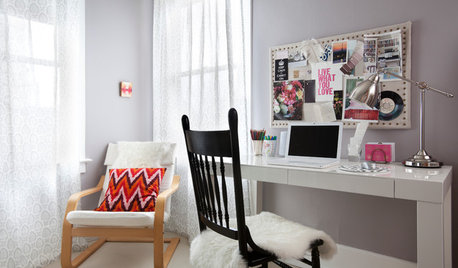
WORKING WITH PROS10 Things Decorators Want You to Know About What They Do
They do more than pick pretty colors. Here's what decorators can do for you — and how you can help them
Full Story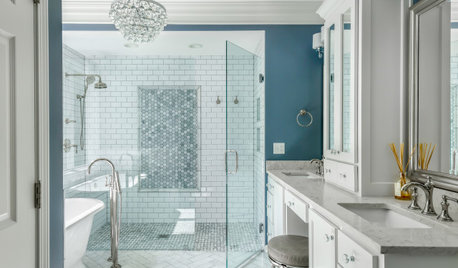
HOUSEKEEPINGHow to Clean a Glass Shower Door
See which tools and methods will keep those glass shower walls and doors sparkling clean
Full Story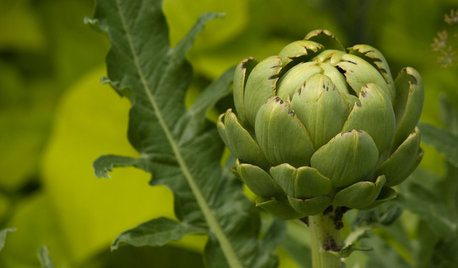
GARDENING GUIDESYour Garden Is Stirring — Here’s What to Do in February
February is a good time to start seeds, shape up shrubs and watch for the earliest blooms. Here’s what to do in your part of the U.S. now
Full Story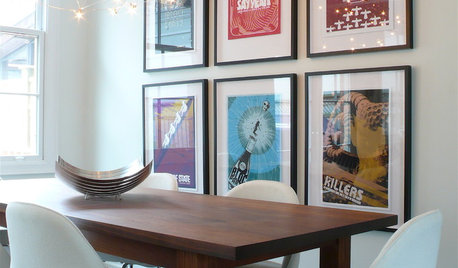
HOUSEKEEPINGTo Do: Choose Your Weekend Project
You know the one — it's been hanging over your head for months. Just pick one from your list to do now, and enjoy the change
Full StoryMore Discussions








CaraRose
cold_weather_is_evil
Related Professionals
Palm Springs Landscape Architects & Landscape Designers · Waterbury Landscape Contractors · Barrington Landscape Contractors · Brownsville Landscape Contractors · Concord Landscape Contractors · Davidson Landscape Contractors · Lake Zurich Landscape Contractors · Louisville Landscape Contractors · Monterey Landscape Contractors · Raleigh Landscape Contractors · View Park-Windsor Hills Landscape Contractors · Suisun City Landscape Contractors · Easton Driveway Installation & Maintenance · Libertyville Driveway Installation & Maintenance · New River Driveway Installation & Maintenancedigdirt2
greendreamhomeOriginal Author
digdirt2
Ohiofem 6a/5b Southwest Ohio
seysonn
CaraRose
digdirt2
Ohiofem 6a/5b Southwest Ohio
seysonn
digdirt2
Slimy_Okra
greendreamhomeOriginal Author
CaraRose
Ohiofem 6a/5b Southwest Ohio
greendreamhomeOriginal Author
Slimy_Okra
seysonn
CaraRose
greendreamhomeOriginal Author
Slimy_Okra
woohooman San Diego CA zone 10a
seysonn